de Havilland DH.93 DonThe DH.93 Don was designed to meet Air Ministry Specification T.6/36 for a multi-role trainer and was a single-engined monoplane of wooden stressed-skin construction. The DH.93 Don was intended to be a trainer for pilots and radio operators, and as a gunnery trainer, the gunnery requirement involved the mounting of a dorsal gun turret. Student pilot and instructor sat side by side up front, while accommodation for a trainee WT (radio) operator and the turret gunner was behind in the cabin.
The prototype with test marks E-3 (later military serial number L2387) first flew on 18 June 1937 and was transferred to RAF Martlesham Heath for official evaluation. In the course of the trials, more equipment was added which increased the weight, and as a result, in an attempt to reduce weight, the dorsal turret was removed. The aircraft was also modified with small auxiliary fins fitted beneath the tailplane.
Despite the changes incorporated from the fifth aircraft, the type was deemed not suitable for training and the original order for 250 aircraft was reduced to only 50 aircraft, 20 of which were delivered as engineless airframes for ground training. The remaining aircraft served as communications and liaison aircraft, serving with No. 24 Sqn and numerous RAF Station Flights throughout the UK until early 1939, but all were grounded for use as instructional airframes in March 1939.
Source:
WikipediaImages: dieselfutures via tumblr
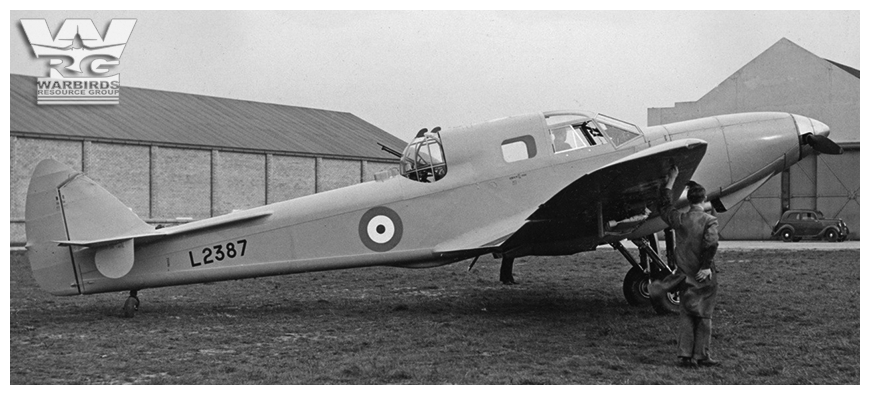

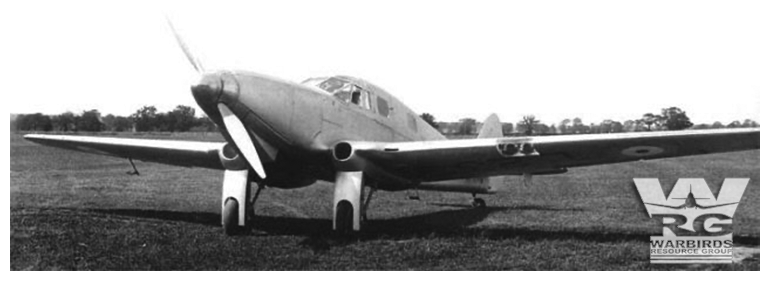
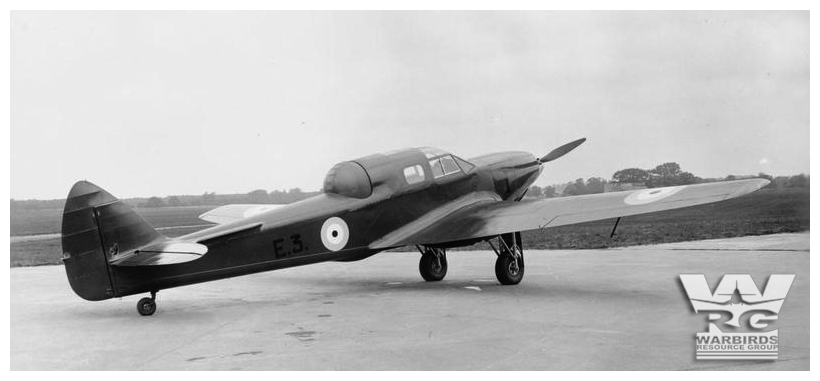
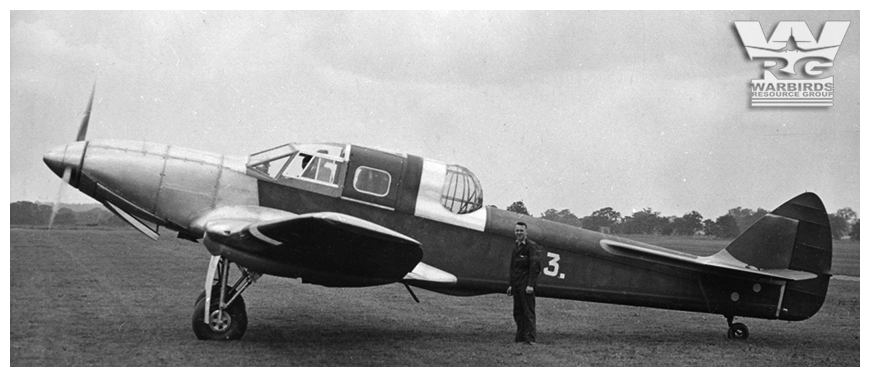
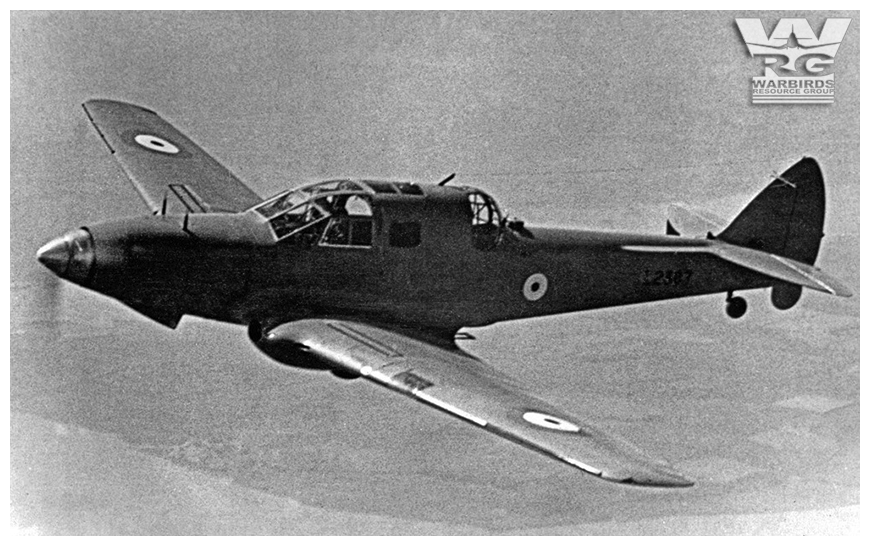
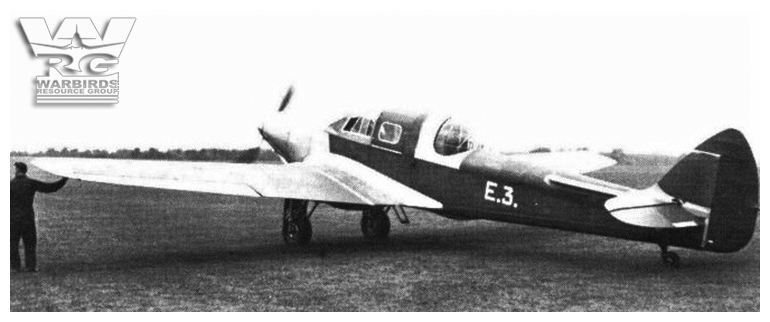

_________________
Scott Rose
Editor-In-Chief/Webmaster
Warbirds Resource Group - Warbird Information Exchange - Warbird Registry
Be civil, be polite, be nice.... or be elsewhere.-------------------------------------------------------
This site is brought to you with the support of members like you. If you find this site to be of value to you,
consider supporting this forum and the Warbirds Resource Group with a VOLUNTARY subscription
For as little as $2/month you can help ($2 x 12 = $24/year, less than most magazine subscriptions)
So If you like it here, and want to see it grow, consider helping out. Thanks to everyone who has so generously supported the site. We really do appreciate it.
Thanks to everyone who has so generously supported the site. We really do appreciate it.




